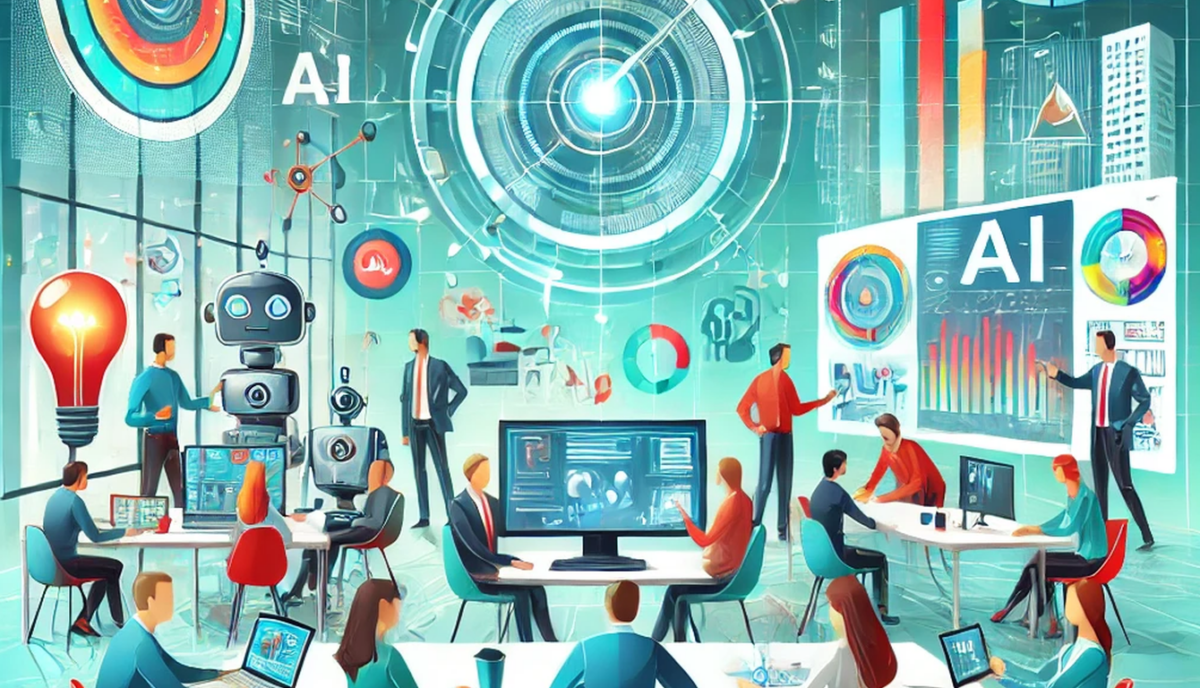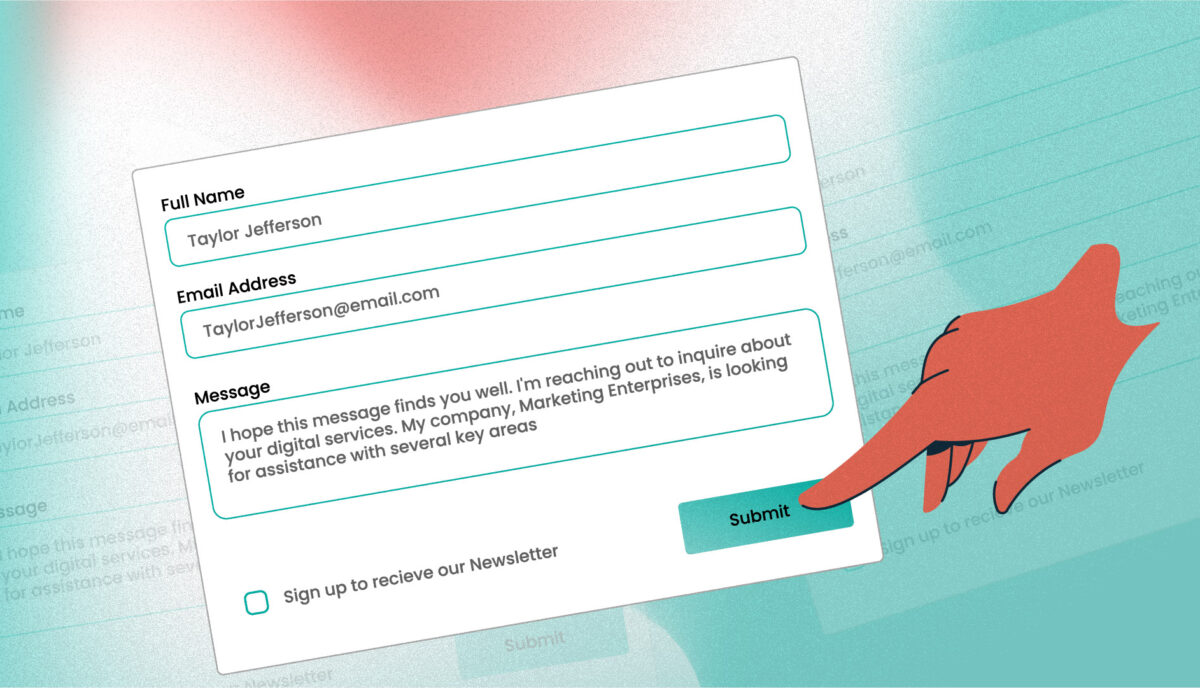Distributed & decentralized: The benefits of decoupled content management
If you live in an area with a lot of freight or commuter trains, you may have noticed that trains often have more than one engine powering the cars. Sometimes it is an engine in front and one in back, or in the case of long freight lines, there could be an engine in the middle. This is known as “Distributed power” and is actually a recent engineering strategy. Evenly distributed power allows them to carry more, and carry it more efficiently.1
When it comes to your website, the same engineering can apply. If the Content Management System (CMS) is the only source of power, it may not have enough oomph to load pages quickly and concurrently for many users. Not only that, but a single source of power may slow down innovation and delivery to multiple sources in today’s multi-channel digital ecosystems.
One of the benefits of decoupled platform architecture is that power is distributed more evenly across the endpoints. Decoupled means that the authoring system and the rendering system for site visitors are not the same. Instead of one CMS powering content authoring and page rendering, two systems handle each task discreetly.
Digital properties are ever growing and evolving. While evaluating how to grow your own system, it’s important to know the difference between coupled and decoupled CMS architectures. Selecting the best structure for your organization will ensure you not only get what you want, but what is best for your entire team — editors, developers, designers, and marketers alike.
Bombardier Zefiro vector graphic designed for Vexels
What is a traditional CMS architecture?
In a traditional, or coupled, CMS, the architecture tightly links the back-end content administration experience to the front-end user experience.
Content creation such as basic pages, news, or blog articles are created, managed, and stored along with all media assets through the CMS’s back end administration screens. The back end is also where site developers create and store customized applications and design templates for use by the front-end of the site.
Essentially, the two sides of the CMS are bound within the same system, storing content created by authenticated users and then also being directly responsible for delivering content to the browser and end users (front end).
From a technical standpoint, a traditional CMS platform is comprised of:
- A private database-driven CMS in which content editors create and maintain content for the site, generally through some CMS administration interfaces we’re used to (think WordPress or Drupal authoring interfaces)
- An application where engineers create and apply design schemas. Extra permissions and features within the CMS give developers more options to extend the application and control the front end output
- A public front end that displays published content on HTML pages
What is a decoupled CMS architecture?
Decoupled CMS architecture separates, or decouples, the back-end and front-end management of a website into two different systems — one for content creation and storage, and another for consuming content and presenting it to the user.
In a decoupled CMS, these two systems are housed separately and work independently of the other. Once content is created and edited in the back end, this front-end agnostic approach takes advantage of flexible and fast web services and APIs to deliver the raw content to any front-end system on any device or channel. It is even possible that an authoring system delivers content to more than front-end (i.e. an article is published in the back-end and pushed out to a website as well as a mobile App).
From a technical standpoint, a decoupled CMS platform is comprised of:
- A private database-driven CMS in which content editors create and maintain content for the site, generally through the same CMS administration interfaces we’re used to — though it doesn’t have to be2
- The CMS provides a way for the front-end application to consume the data. A web-service API — usually in a RESTful manner and in a mashup-friendly format such as JSON — is the most common way
- Popular front-end frameworks such as React, VueJS, or GatsbyJS deliver the public visitor experience via a Javascript application rendering the output of the API into HTML
Benefits of decoupled
By moving the responsibility for the user experience completely into the browser, the decoupled model provides a number of benefits:
Push the envelope
Shifting the end-user experience out of the conventions and structures of the back-end allows UX Engineers and front-end masterminds to push the boundaries of the experience. Decoupled development gives front-end specialists full control using their native tools.
This is largely because traditional back-end platforms have been focused on the flexibility of authoring content and less so on the experience of public visitors. Too often the programming experience slows engineers down and makes it more difficult to deliver an experience that “wows” your users.
Need for speed
Traditional CMS structures are bogged down by “out-of-the-box” features that many sites don’t use, causing unnecessary bloat. Decoupled CMS structures allow your web development team to choose only what code they need and remove what they don’t. This leaner codebase can result in faster content delivery times and can allow the authoring site to load more quickly for your editors.
Made to order
Not only can decoupled architecture be faster, but it can allow for richer interactions. The front-end system can be focused on delivering a truly interactive experience in the form of in-browser applications, potentially delivering content without a visitor reloading the page.
The back-end becomes the system of record and “state machine”, but back-and-forth interaction will happen in the browser and in real-time.
Security Guard
Decoupling the back-end from the front-end is more secure. Since the front-end does not expose its connection to the authoring system, it makes the ecosystem less vulnerable to hackers. Further, depending on how the front-end communication is set up, if the back-end goes offline, it may not interrupt the front-end experience.
In it for the long haul
Decoupled architectures integrate easily with new technology and innovations and allow for flexibility with future technologies. More and more, this is the way that digital platform development is moving. Lean back-end only or “flat file” content management systems have entered the market — like Contentful and Cosmic — while server hosting companies are dealing with the needs of decoupled architecture as well.
The best of both worlds
Decoupled architecture allows the best decisions for two very different sets of users. Content editors and authors can continue to use some of the same CMSs they have been familiar with. These CMSs have great power and flexibility for content modelling and authoring workflows, and will continue to be useful and powerful tools. At the same time, front-end developers can get the power and flexibility they need from a completely different system. And your customers can get the amazing user experiences they have come to expect.
The New Age of Content Management Systems
Today’s modern CMS revolution is driving up demand for more flexible, scalable, customizable content management systems that deliver the experience businesses want and customers expect. Separating the front- and back-ends can enable organizations to quicken page load times, iterate new ideas and features faster, and deliver experiences that “wow” your audience.
- Great article on the distributed power of trains: Why is there an engine in the middle of that train?
- Non-monolithic CMSs have been hitting the market lately, and include products like Contentful, CosmicJS, and Prismic, among others.


